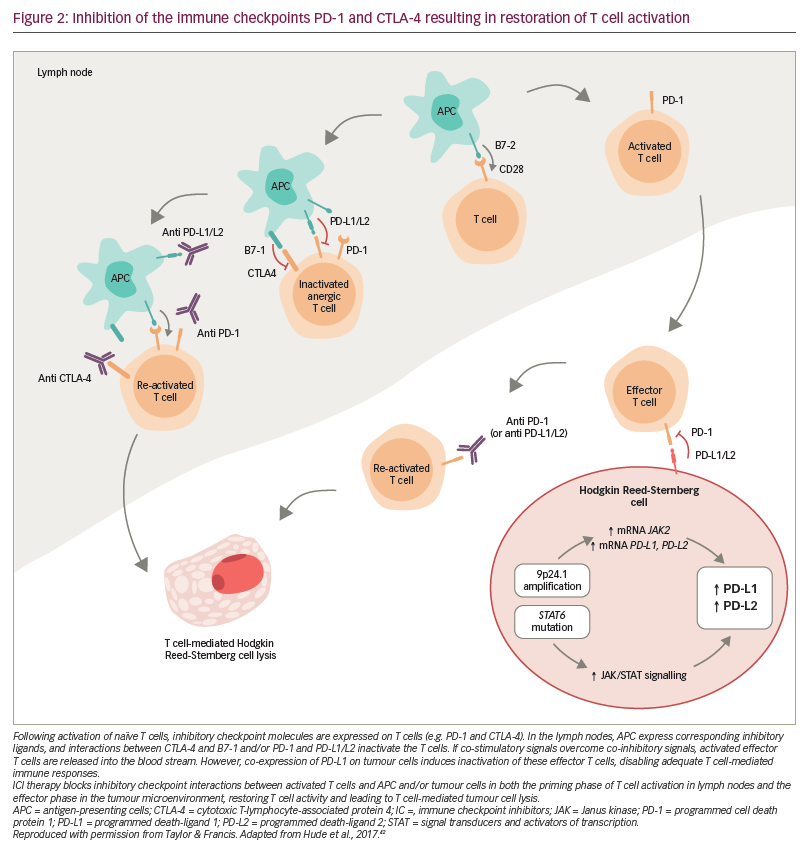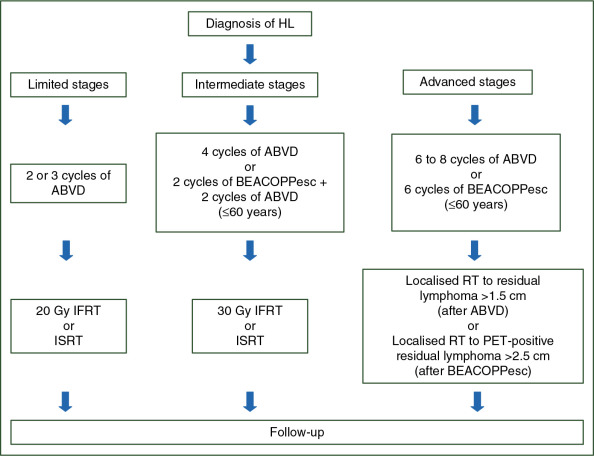
Hodgkin's lymphomas (HL) are highly treatable
But in most cases, it will not respond well to the standard therapy given by your doctor. That's why it's so important to follow some advice about treating Hodgkins in order to avoid further complications. In this article, we'll explore what you should do to manage this disease and what you can do at home to help improve your symptoms.
Hodgkin's lymphomas are characterized by swollen lymph nodes in and around the chest area. The lymph nodes may be in a diffuse mass or localized. In Hodgkin's, lymphocytes (white blood cells) grow excessively in the glandular tissues of the lymph system and can travel beyond it into different parts of your body. This is sometimes accompanied by fever, fatigue, pain, and vomiting. Hodgkins usually occur on only one side of the body. Hickory lymphomas (HLC) is a rare type of cancer of the lymph system, which is also part of the immune system.
Hodgkins is very often confused with other types of lymphomas. This is why it is so important to seek medical attention if you have these symptoms. Hodgkins may come in different forms, including Hodgkin cells, T-cells, T-lymphocytes, and C-cells. Hodgkins is a type of cancer that is resistant to standard treatments.
There are many kinds of treatment available for Hodgkins. Treatments can be either surgery radiation, chemotherapy, or a combination of surgery and radiation. It is very important to understand what options are available to treat the disease. Your doctor can help you with that, and in most cases, you can make choices that will help you feel better while taking care of the condition. You should ask your doctor for a detailed description of Hodgkins, its causes, and the options you have.
Surgery is usually reserved for Hodgkins that have spread to the lymph nodes. During surgery, doctors remove the entire tumors. Sometimes, they may also remove a small number of lymph nodes, too. You should be aware that some cases may require surgery to get rid of all of them, so that there will be no signs of growth or spread.
Chemotherapy drugs are also used in Hodgkins. They can also be used for the treatment of Hodgkins that grow outside the lymph nodes. These drugs are given in conjunction with surgery. Chemotherapy may be given after surgery, or it can be given several months after.

Radiation therapy is another option that is used in Hodgkins. The radiation used in the treatment for Hodgkins is targeted at the tumor, and not at the lymph nodes. It helps kill the tumor. As radiation enters through the body and destroys the tumor, it damages cells and helps prevent new ones from forming.
Radiation therapy used in Hodgkins is usually given on an outpatient basis. You will need to stay in the hospital, unless you have a life-threatening condition.
When the cancer is located in the lungs or the bone marrow, chemotherapy is usually given in conjunction with radiation. This combination of treatment helps to make the body more tolerant of the effects of the radiation.
Surgery is another option in Hodgkins, but surgery alone may not be able to stop the cancer from spreading to other areas. Other treatments are then needed to stop the spread. Chemotherapy, if combined with surgery, may stop the cancer from spreading to the brain, bones, liver, or other organs.
Chemotherapy may also be used to kill the cancer cells and destroy them before they have a chance to spread to the bone marrow or the brain. Radiation therapy also helps to remove the lymph nodes. If your doctor decides that your condition requires both chemo and radiation, he or she will probably combine them.
After the surgery, you will need to stay in the hospital to recover. You will need to be monitored closely for weeks and months. There may be times when you will have to stay in the hospital for several days or more. During this time, you will be on a liquid diet and have little to eat.